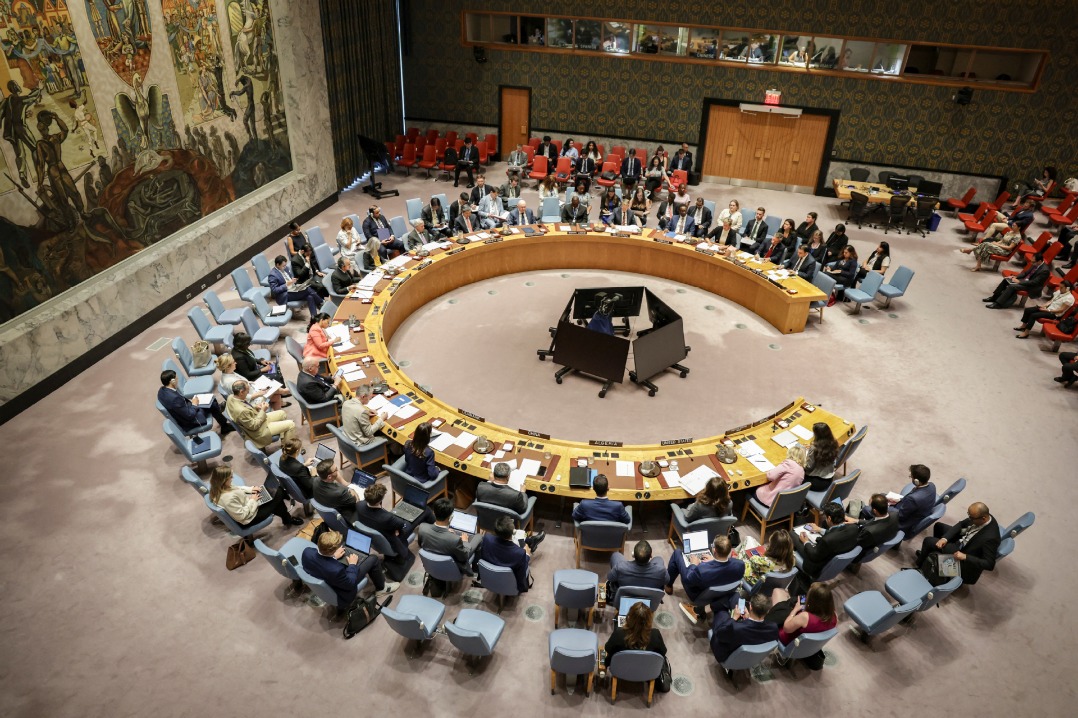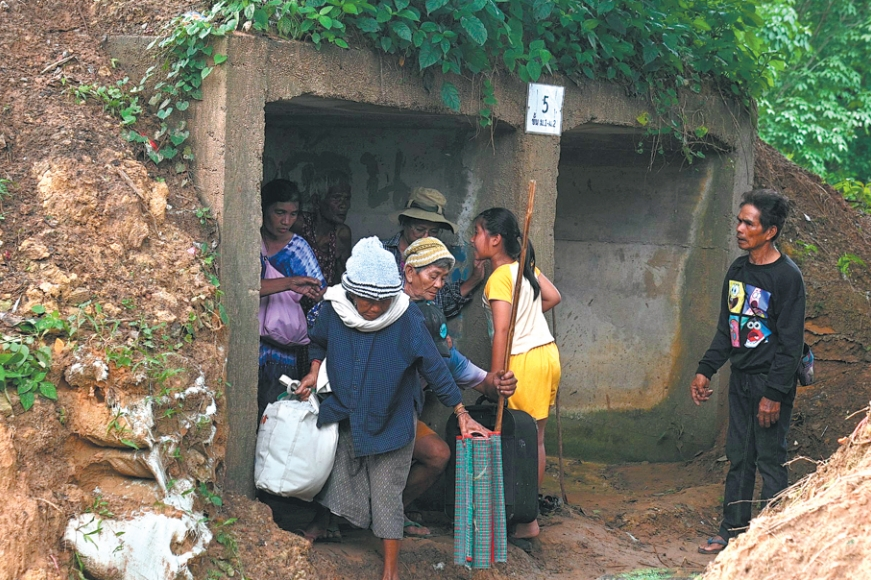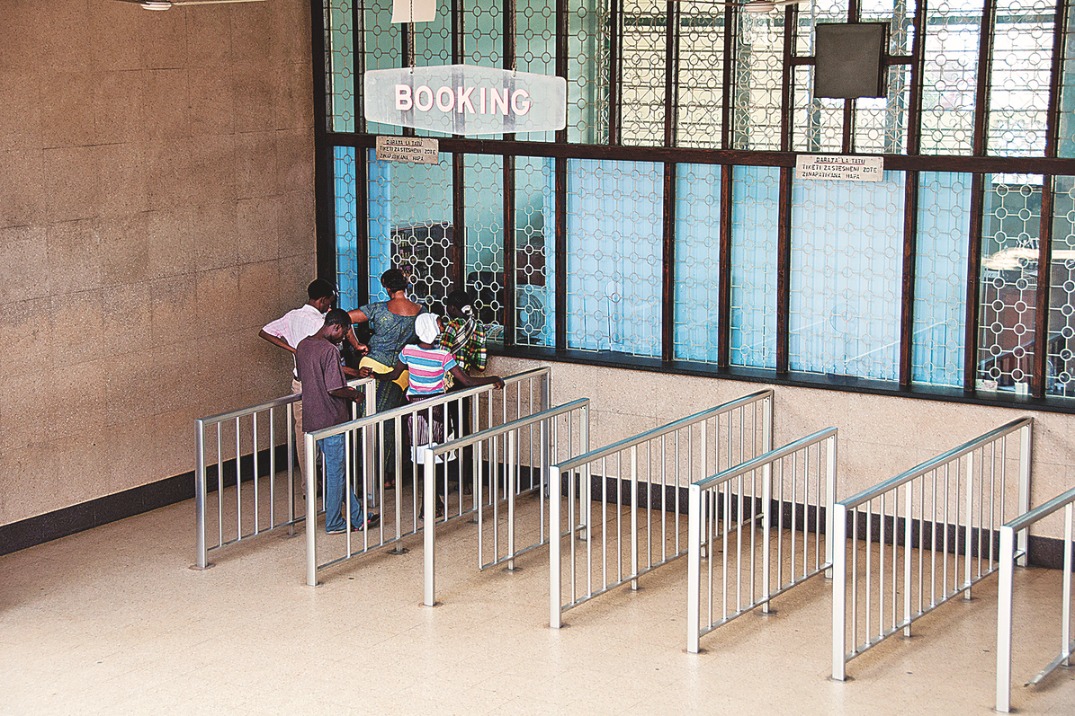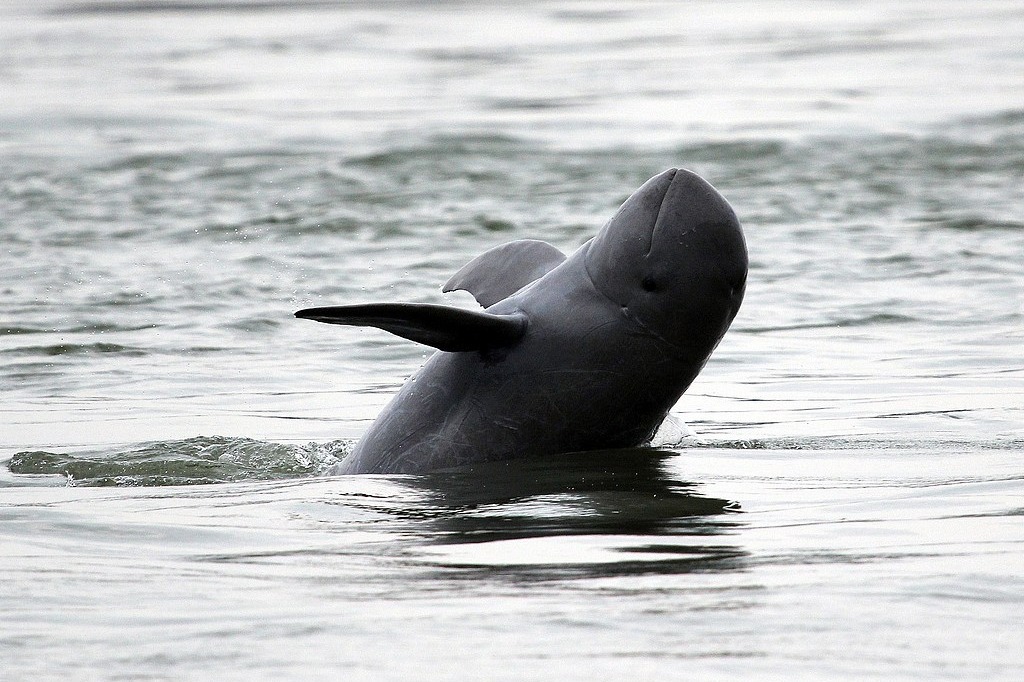Malnutrition kills 200 children in Somalia in six months

At least 200 children have died of malnutrition and related diseases in Somalia since January as drought intensifies in the country following an unprecedented fourth consecutive failed rainy season, the United Nations said.
The situation is still worrisome as an estimated 1.5 million children under the age of five are facing acute malnutrition, even as drought continues to displace thousands amid rising food prices due to the Ukraine conflict.
Stéphane Dujarric, spokesman for the UN secretary-general, said more than 200,000 men, women and children are experiencing catastrophic levels of food insecurity for the first time since 2017.
Dujarric warned food security will likely not improve until the middle of next year.
"Our humanitarian colleagues warn that more than seven million people are already impacted by the severe drought, up from nearly six million in May. More than 800,000 have left their homes in search of food, water and pasture," he said.
According to the United Nations Office for the Coordination of Humanitarian Affairs, eight areas are facing a heightened risk of localized famine by September if widespread crop and livestock production fail, prices of commodities continue to rise and humanitarian assistance fails to reach the most vulnerable people.
Moreover, disease outbreaks have spiked with over 5,830 suspected cholera cases reported from 24 drought-affected districts since January.
The UN Office for the Coordination of Humanitarian Affairs said rapidly increasing humanitarian needs require a massive scale-up as partners transition from drought response to famine prevention.
Late last month, UN partners launched the Drought Response and Famine Prevention Plan to provide life-saving assistance and prevent famine in Somalia. The plan requires nearly $1 billion to reach 6.4 million people through the end of the year.
Separately, the Humanitarian Response Plan for Somalia, which calls for $1.46 billion to help 5.5 million people, is only 30 percent funded as of today.
"While nearly 4 million people have received assistance since January, we need greater resources to meet growing needs and avert famine," Dujarric said.
An estimated 7 million children are malnourished in Ethiopia, Kenya and Somalia, including 1.7 million who are severely malnourished according to the United Nations Children's Fund.
Last week, the World Health Organization warned health needs in eastern Africa are mounting due to increasing malnutrition and as clean water becomes scarce.
The UN agency said many people are unable to access health services as they leave their homes in search of food, thus becoming more at risk from disease outbreaks.
To address the situation, WHO plans to set up a hub in Kenya's capital Nairobi where it will coordinate the response and organize the delivery of life-saving medical supplies to where they are needed most.
These supplies include medicines, vaccines, as well the medicines and equipment needed to treat children who are severely malnourished.
The UN agency is also working with ministries of health in affected countries to set up robust disease surveillance systems to be able to quickly detect and respond to outbreaks.

































